- Home
- About Us
- Practice Areas
- Evidence Based Drug and Substance Use Prevention
- Evidence Based Child Sexual Abuse Prevention
- Evidence Based Early Childhood Education and Development
- Evidence Based Inclusive Education
- Evidence Based Mental Health Education
- Evidence Based Teenage Pregnancy Prevention
- Evidence Based Truancy Prevention
- Evidence Based Violence Prevention
- Evidence Based Vocational Education and Training (VET)
- Evidence based Foundational Numeracy and Literacy Interventions
- Our Strategies
- D&I Capacity Building and Training
- Development of Evidence Summaries and Advocacy Materials
- Dissemination and Implementation (D&I) Readiness Assessments
- Engagement of School and Community Stakeholders
- Identification of Important Child and Adolescent Problems to be Addressed
- Monitoring and Evaluation of D&I Programs
- Rapid Reviews of “What Works, and Does Not Work” in Addressing the Problems
- Targeted D&I Advocacy
- Publication
- Blog
- Staff Mail
- Contact
- Home
- About Us
- Practice Areas
- Evidence Based Drug and Substance Use Prevention
- Evidence Based Child Sexual Abuse Prevention
- Evidence Based Early Childhood Education and Development
- Evidence Based Inclusive Education
- Evidence Based Mental Health Education
- Evidence Based Teenage Pregnancy Prevention
- Evidence Based Truancy Prevention
- Evidence Based Violence Prevention
- Evidence Based Vocational Education and Training (VET)
- Evidence based Foundational Numeracy and Literacy Interventions
- Our Strategies
- D&I Capacity Building and Training
- Development of Evidence Summaries and Advocacy Materials
- Dissemination and Implementation (D&I) Readiness Assessments
- Engagement of School and Community Stakeholders
- Identification of Important Child and Adolescent Problems to be Addressed
- Monitoring and Evaluation of D&I Programs
- Rapid Reviews of “What Works, and Does Not Work” in Addressing the Problems
- Targeted D&I Advocacy
- Publication
- Blog
- Staff Mail
- Contact
Human -Centered Design
- HOME
- Human -Centered Design

Better Futures for Children uses a problem solving and human centered-design strategy that puts adolescents and young people at the center of development process, enabling the young people to create innovative solutions that resonate and are tailored to their needs. The human centered design strategy enables Better Futures for Children to keep the wants, pain points and preferences front of mind in every phase of the design process, allowing young people to build and create more intuitive, accessible and sustainable solutions that address their needs. Our human-centered design is a 5-phase iterative process:
- Empathize: The first stage of the human centered design process focuses on user-centric research. We gain an empathic understanding of the problem that affect young people. We spend time on the Empathize stage to gain the best possible understanding of young people’s needs and the problems that underlie the development of the solutions (product or service) to be provided.
- Define: The Define stage enables us to collect great ideas to establish features, functions and other elements to solve the problem at hand and allows young people to resolve issues themselves with minimal difficulty. During this stage we participatorily develop the problem statement in a human centered manner.
- Ideate: During the third stage of the design thinking process, we generate as many ideas for providing the solution to the problems affecting young people, using different ideation techniques. We look at the problem a fresh from different perspectives and ideate innovative solutions to the problem statement. We test and choose the best ideas to address the problem.
- Prototype: This is an experimental phase where we identify the best possible solution for each of the problems identified during the first three stages. At this stage, we create solution alternatives to address young people’s needs. The solutions are implemented within the prototypes and, one by one, they are investigated and then accepted, improved or rejected based on young peoples’ experiences.
- Test: At this stage, young people test solutions to derive a deep understanding of the product or service. Together with young people, we rigorously test the complete product and service using the best solutions identified in the Prototype stage. Where necessary, we use further iterations and make alterations and refinements to rule out alternative solutions. The ultimate goal of this phase is to get as deep an understanding of the product or service.


